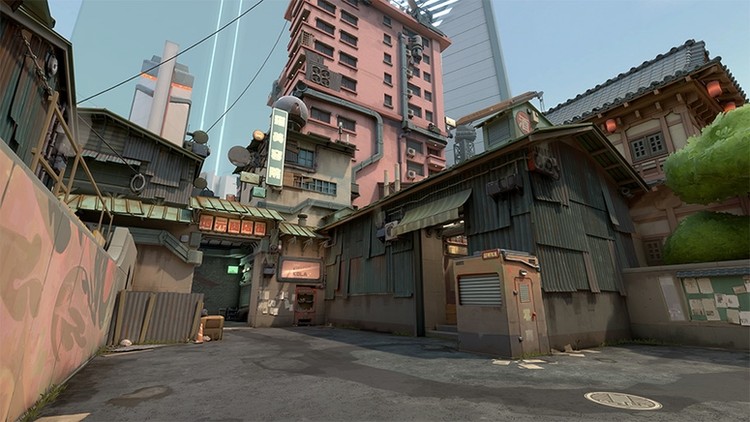
This article is the second in a series focusing on the Architecture of the Metaverse. ArchDaily has collaborated with John Marx, AIA, the founding design principal and Chief Artistic Officer of Form4 Architecture, to bring you monthly articles that seek to define the Metaverse, convey the potential of this new realm as well as understand its constraints.
For architects, one of the most captivating aspects of AI and the Metaverse is that of placemaking. How do we create compelling places that bring people to this new world and enable them to enjoy their experience there, getting them to return once the novelty has worn off? How much of this digital world needs to connect back with our day-to-day physical environs for it to feel meaningful and how do these artificial cities, towns, and neighborhoods come to life?



































.jpg?1494620356)
.jpg?1494620342)
.jpg?1494620366)









![via Nintendo [Youtube] These Sheets of Graph Paper Were Used to Design Super Mario Bros - Image 1 of 4](https://images.adsttc.com/media/images/56c5/b229/e58e/ce6a/8800/0089/thumb_jpg/Super_Mario_Maker_01.jpg?1455796772)
![via Nintendo [Youtube] These Sheets of Graph Paper Were Used to Design Super Mario Bros - Image 2 of 4](https://images.adsttc.com/media/images/56c5/b233/e58e/ced7/c000/0082/thumb_jpg/Super_Mario_Maker_02.jpg?1455796783)
![via Nintendo [Youtube] These Sheets of Graph Paper Were Used to Design Super Mario Bros - Image 5 of 4](https://images.adsttc.com/media/images/56c5/b265/e58e/ced7/c000/0086/thumb_jpg/Super_Mario_Maker_07.jpg?1455796833)
![via Nintendo [Youtube] These Sheets of Graph Paper Were Used to Design Super Mario Bros - Image 3 of 4](https://images.adsttc.com/media/images/56c5/b26f/e58e/ced7/c000/0087/thumb_jpg/Super_Mario_Maker_08.jpg?1455796843)